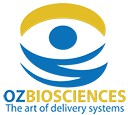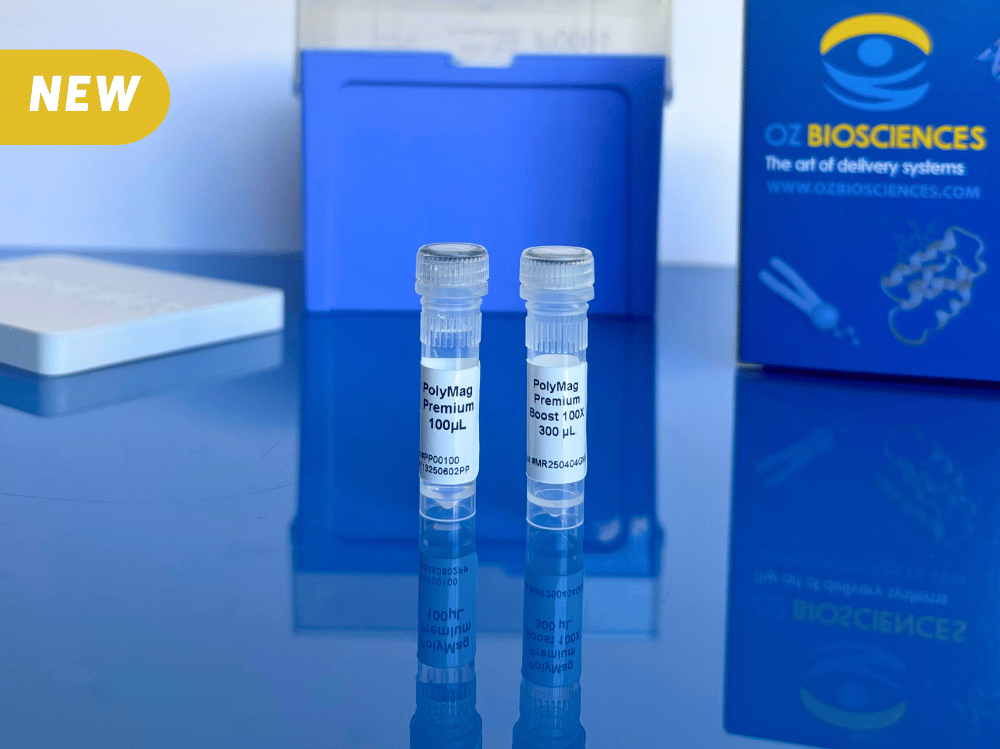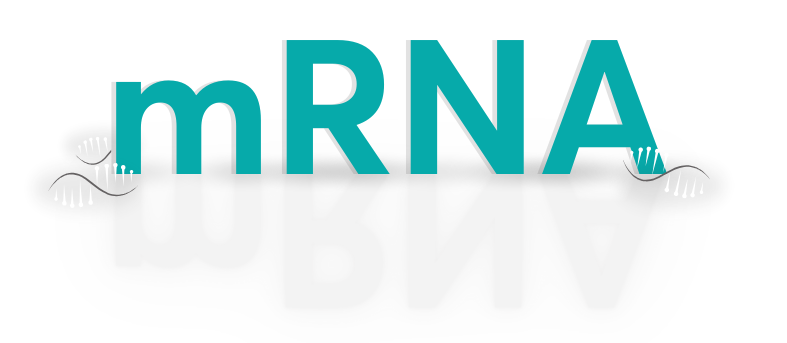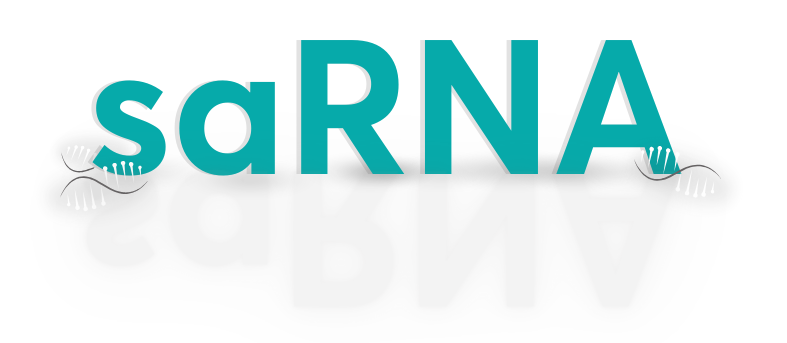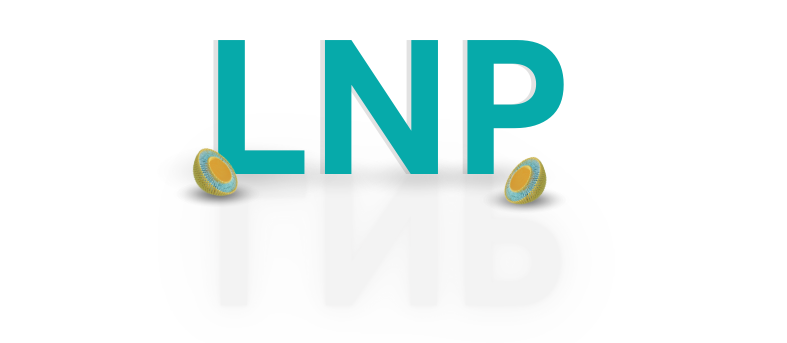The role of AAVBlast in transduction
The AAVBlast Transduction Enhancer plays a crucial role in enhancing transduction, a pivotal process in biomedical research. As a transduction enhancement agent, AAVBlast facilitates the entry of adeno-associated viral vectors into target cells, thereby increasing transduction efficiency.
AAVBlast is specifically designed to improve the transduction of adeno-associated viral vectors (AAV). These vectors are commonly used in gene therapy and biomedical research due to their ability to deliver genes into various types of cells.
By enhancing transduction efficiency, AAVBlast enables more effective gene delivery, leading to more precise research results and more efficient gene therapies. Additionally, the use of AAVBlast can reduce the amount of viral vector needed to achieve effective results, thereby lowering costs and risks associated with viral vector use.
The role of AAVBlast in transduction is to enhance the efficiency and precision of gene delivery, with significant implications for biomedical research and gene therapy.
The benefits of using AAVBlast in research
The AAVBlast is a transduction enhancer that offers several advantages for research. Here are some key benefits of using AAVBlast in research:
- Improved Infection Efficiency: AAVBlast enhances the efficiency of AAV infection, particularly for cells that are challenging to transduce.
- Non-Toxicity: AAVBlast is non-toxic, making it compatible with in vivo experiments.
- Increased Efficiency: The use of AAVBlast may allow achieving the same transduction results with a lower viral titer, potentially saving time and resources.
These advantages make AAVBlast a valuable tool for gene therapy research.
Applications and protocol of AAVBlast transduction enhancer
AAVBlast applications
The AAVBlast transduction enhancer is recommended for improving AAV transduction across a wide range of cell types, from CD34+ hematopoietic stem cells to primary cells or cell lines such as HT1080 or SH-SY5Y. It is perfect for enhancing AAV transduction in CD34+ hematopoietic stem cells, T lymphocytes, as well as any other cell.
AAVBlast is ideal for enhancing research and development, preclinical, and clinical transduction protocols for ex vivo gene therapies and CAR-T therapies. Here are some specific applications:
- Ex Vivo Gene Therapies: AAVBlast can be used to improve the efficiency of AAV vector transduction in CD34+ hematopoietic stem cells. This can enable better expression of the gene of interest, which is crucial for the success of gene therapies.
- CAR-T Therapies: AAVBlast can also be used to enhance transduction of T lymphocytes with AAV vectors carrying chimeric antigen receptors (CAR). This can increase the efficiency of CAR-T therapies by boosting the number of T cells expressing the CAR.
- Stem Cell Research: AAVBlast can be used to enhance the transduction of stem cells with AAV vectors. This can be beneficial for stem cell research, including the study of stem cell differentiation and disease modeling.
- Neurodegenerative Disease Research: AAVBlast can be used to improve transduction of neurons with AAV vectors. This is particularly useful for neurodegenerative disease research, where gene expression in neurons is often necessary
In summary, AAVBlast is a valuable tool for improving the efficiency of AAV transduction in a variety of research and clinical contexts. Its versatility and effectiveness make it a valuable addition to any laboratory working with AAV vectors.
AAVBlast protocol
- Cells preparation:
Cell culture prior to transduction: the day before transduction prepare the cells according to the table below. Cells should be 80-90 % confluent at the time of transduction (see the suggested cell number in the Table 1).
|
Tissue Culture Dish |
Cell Number |
|
96 wells |
8 – 15 x 1.103 |
|
24 wells |
4 – 8 x 1.104 |
|
6 wells |
2 – 4 x 1.105 |
IMPORTANT NOTE
For hard-to-transduce or non-permissive cells, and depending on serotype, prepare the cells the day of transduction and refer to reverse-transduction procedure below.
- Standard protocol
Use the quick protocol above to find the ideal conditions for AAVBlast in 24-well plate. If the AAV transduction/infection conditions are unknown, starting with MOI ranging from 1000 gc (genome copies) to 30000 gc per cell using an AAV encoding for a fluorescent protein.
NOTE: We suggest using 0.5, 1 µL and 2 µL of AAVBlast per condition.
- Reverse transduction-protocol
Reverse transduction, alternatively referred to as substrate-mediated gene delivery, involves the initial coating of viral vectors onto a surface.
It may be a good alternative to classic transduction depending on cell type or virus serotype.
1) Follow steps 2 to 5 of the quick protocol
2) Add AAV/AAVBlast mixes to the plate
3) Store the plates at 4°C overnight
4) On the day of transduction, carefully aspirate the virus solution from the plate
5) Add the cells to the plate in their complete culture medium
6) Optionally, cells can be added in medium w/o supplement for 2H before serum supplementation
Recap of AAVBlast transduction enhancer's impact
The article underscores the significant impact of the AAVBlast transduction enhancer in advancing molecular transduction using Adeno-Associated Virus (AAV). Here's a comprehensive recap of its far-reaching implications:
- Enhanced transduction efficiency:
AAVBlast serves as a key player in enhancing the efficiency of transduction processes. By facilitating the entry of AAV vectors into target cells, it elevates the effectiveness of gene delivery. This improvement in transduction efficiency is crucial for obtaining more accurate research results and enhancing the efficacy of gene therapies.
- Tailored for AAV Vectors:
AAVBlast is meticulously designed to specifically improve the transduction of adeno-associated viral vectors (AAV). As AAV vectors are widely employed in gene therapy and biomedical research for delivering genes into diverse cell types, AAVBlast's tailored enhancement proves instrumental in advancing these crucial scientific endeavors.
- Reduced viral vector usage:
A notable advantage of AAVBlast is its ability to decrease the quantity of viral vectors required to achieve effective transduction results. This reduction not only contributes to cost savings but also mitigates risks associated with viral vector usage, aligning with the principles of cost-effectiveness and safety in experimental procedures.
- Versatility in cell types:
AAVBlast exhibits remarkable versatility, being compatible with a wide variety of cell types. This versatility makes it an invaluable tool in the realm of biomedical research, where diverse cell lines and primary cells are employed. Researchers benefit from the flexibility of using AAVBlast across different experimental contexts.
- Ready-to-use and user-friendly:
The user-friendly nature of AAVBlast, being ready-to-use and easy to operate, streamlines the experimental process for researchers. This feature enables scientists to save valuable time, directing their focus and efforts toward the core aspects of their experiments rather than intricate operational details.
- Innovative technology integration:
AAVBlast incorporates innovative technology that integrates cell isolation and genetic modification into a single, reliable system. This technological integration aligns with the contemporary trends in biotechnological advancements, providing researchers with a sophisticated tool that combines efficiency and reliability.
- Applications in gene therapies and research:
AAVBlast finds application in various crucial areas, including ex vivo gene therapies and CAR-T therapies. Its effectiveness in improving transduction efficiency in CD34+ hematopoietic stem cells, T lymphocytes, and other cell types showcases its broad spectrum of applications in advancing gene therapies and biomedical research.
- Protocol guidance for optimal use:
The article not only introduces AAVBlast but also provides a detailed protocol for its use. Researchers are guided through cell preparation steps and offered both standard and reverse transduction protocols, ensuring optimal utilization of this innovative transduction enhancer in different experimental scenarios.
In Summary :
The AAVBlast transduction enhancer emerges as a multifaceted tool with transformative impacts on transduction processes, significantly influencing the efficiency, precision, and versatility of gene delivery in biomedical research and gene therapy applications.
